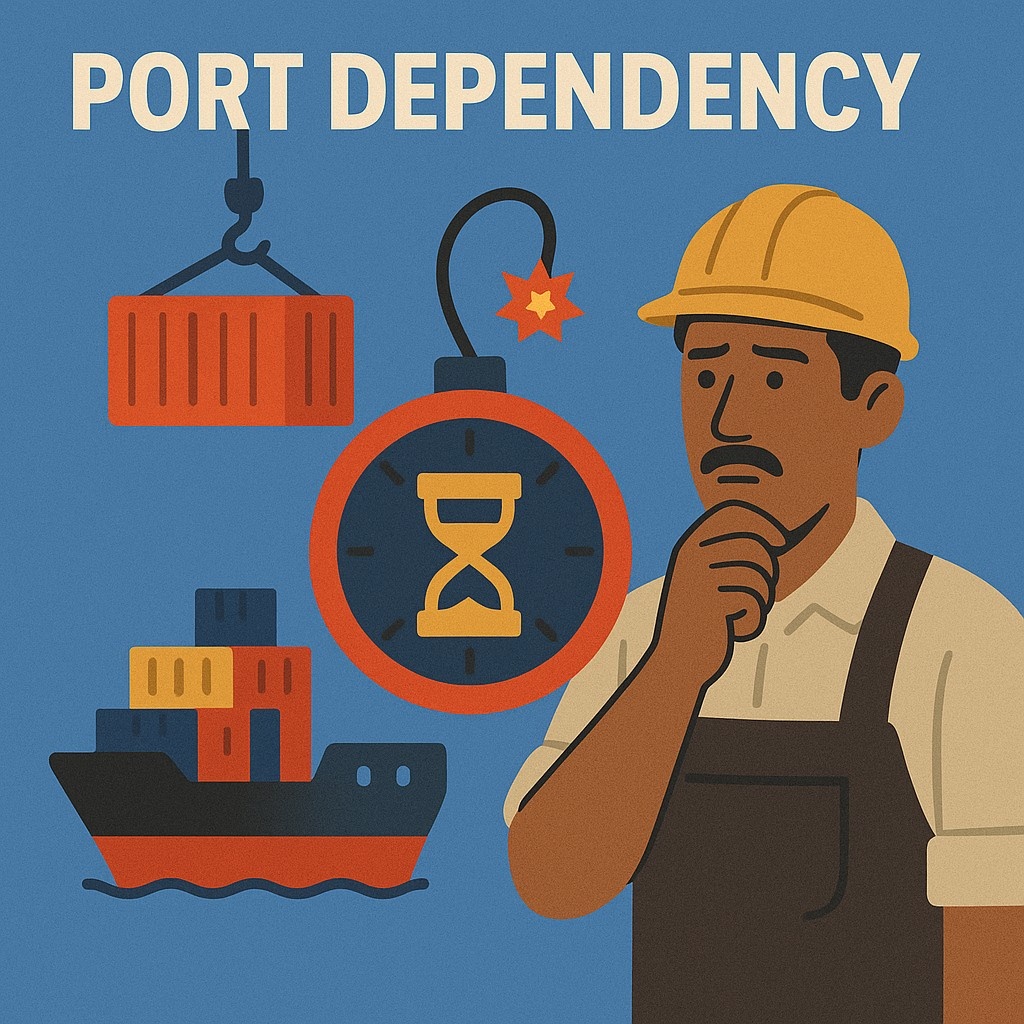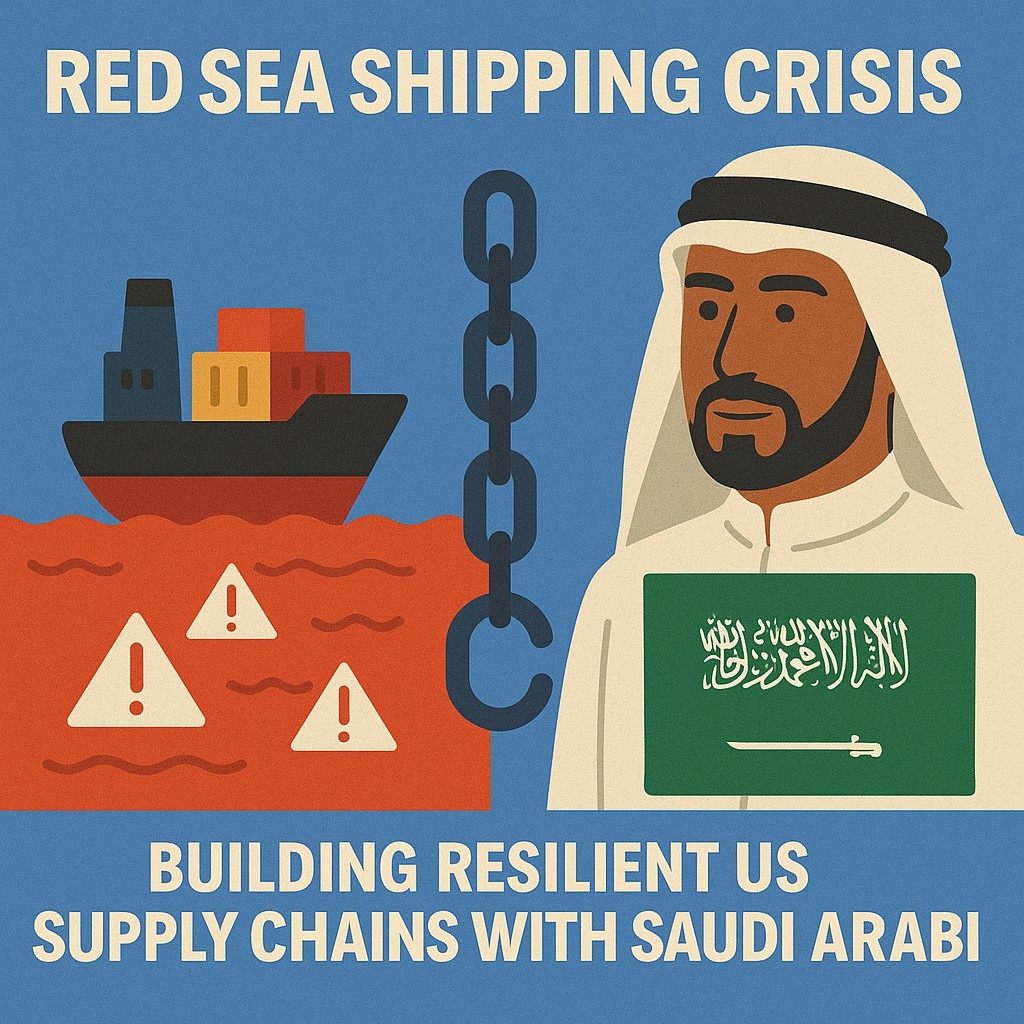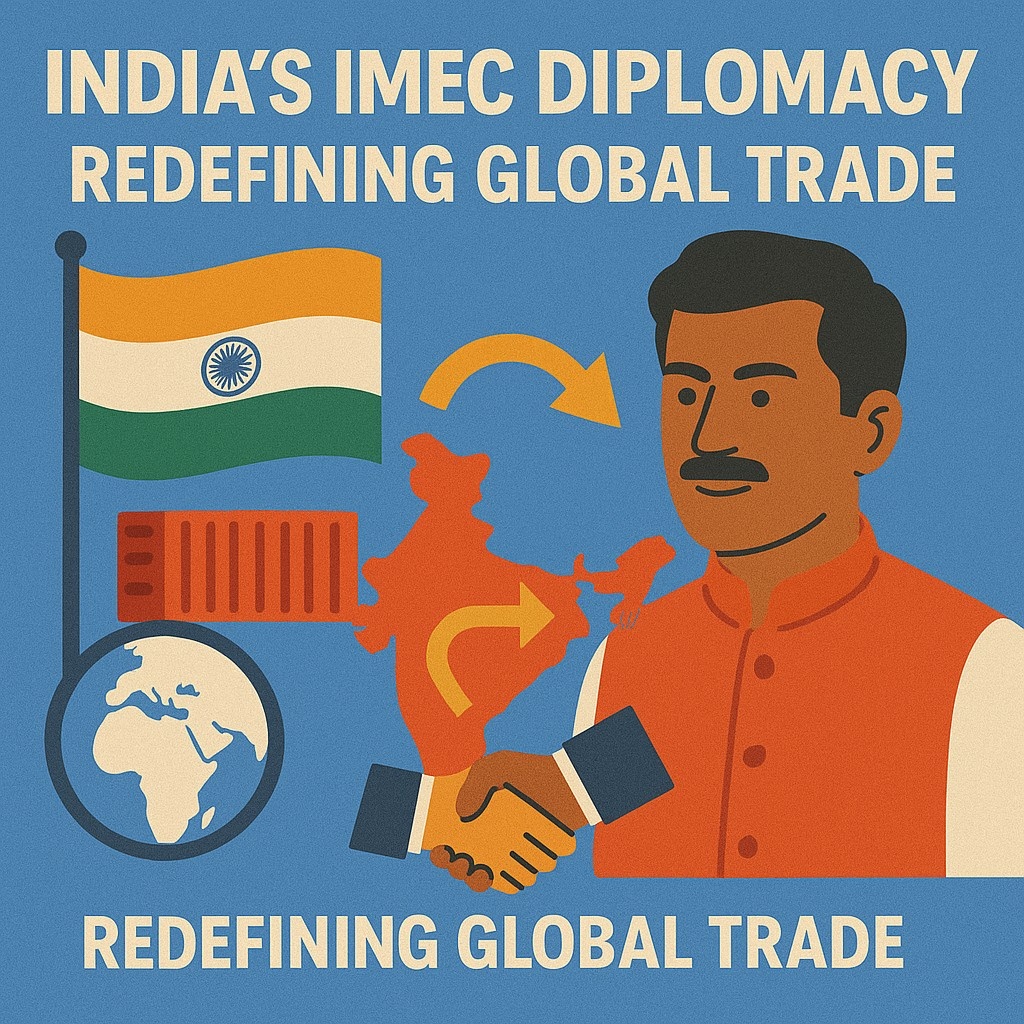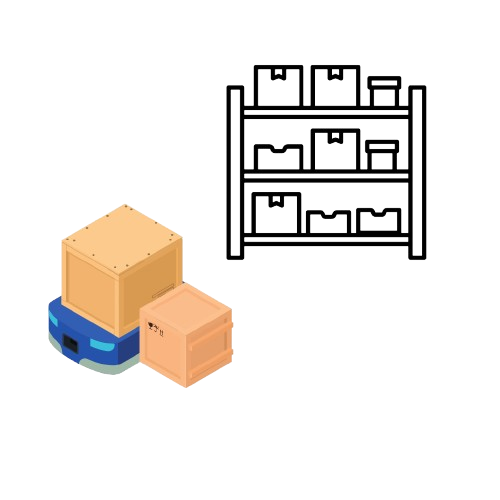On this page
As tariff wars redefine global supply chains—from the U.S.-China decoupling to reshoring and nearshoring—India often comes up as the next big manufacturing destination.
But is optimism grounded? Or are we overselling our promise?
Renowned economist and former RBI Governor Dr. Raghuram Rajan weighed in on whether India can truly benefit from the ongoing global tariff realignment. Dr. Rajan, known for predicting the 2008 global financial crisis and for his reforms in India's banking sector—including initiating the cleanup of stressed assets and pushing for inflation targeting—brings a nuanced, global perspective to the conversation.
Let’s unpack 3 reasons to believe India could emerge stronger in a tariffed world—and 3 reasons to be cautious, based on ground realities.
3 Reasons Why We Should Believe India Can Win
1. Global Supply Chain Diversification
Companies are actively de-risking from China. The U.S. IRA (Inflation Reduction Act), rising tariffs, and geopolitical instability have made “China+1” a boardroom mantra. India, with its scale, democracy, and English-speaking talent pool, is a natural contender.
2. Government Push: PLI Schemes & Infrastructure
From the Production Linked Incentive (PLI) schemes to industrial corridors, logistics upgrades, and manufacturing clusters, there’s significant momentum. These schemes lower the cost of entry and offer cash-back incentives to global manufacturers.
3. Growing Private Sector Capabilities
India’s local companies have matured—especially in sectors like Renewables, Electronics, Aerospace, and Automotive. These companies are not just vendors; they are becoming innovation partners, helping foreign players localize rapidly.
3 Reasons to Be Cautious (Reality Check)
1. Ease of Doing Business vs. Reality
Dr. Rajan warns that many “ease of doing business” rankings mask reality. On-ground, entrepreneurs still face bureaucratic red tape, slow land approvals, and inconsistent policy enforcement.
“A company doesn’t shift just because of a tax break—it needs predictability,” - Dr. Rajan.
2. Skilling and Labor Rigidity
India’s workforce is young—but not job-ready. Vocational training is fragmented, and restrictive labor laws deter companies from scaling workforce-intensive operations.
3. Lack of Institutional Reform
Centralization, arbitrary policymaking, and an underdeveloped mid-market financing ecosystem continue to act as handbrakes. Rajan emphasizes the need for decentralization and empowerment of local governance.
So, What’s the Way Forward? Who’s Already Doing It Right?
Gate Corporation, for instance, is one such company that has understood the nuanced terrain of Indian manufacturing. With a foot in global supply chains and deep roots in local execution, Gate is facilitating joint ventures and strategic partnerships that solve exactly the problems Rajan talks about:
-
Navigating local approvals and incentives through strong on-ground relationships
-
Offering precision manufacturing at globally competitive rates for sectors like Solar, Automotive, and Aerospace.
-
De-risking entry for foreign firms by offering ready infrastructure, trained manpower, and technology integrations
-
Creating a second supply chain base for U.S. and EU customers impacted by tariffs and IRA provisions
With operations in India, Saudi Arabia, and the U.S., Gate’s facilities work in unison—offering agility, compliance, and localization without the usual operational hurdles.
Conclusion:
India can win—but it won’t be easy.
As Raghuram Rajan reminds us, “Protectionism is not a strategy. Competitiveness is.” Tariffs create opportunity, but execution wins the war.
Companies that understand India’s challenges—and build business models around solving them—will be the real winners in this new trade order


.png)










